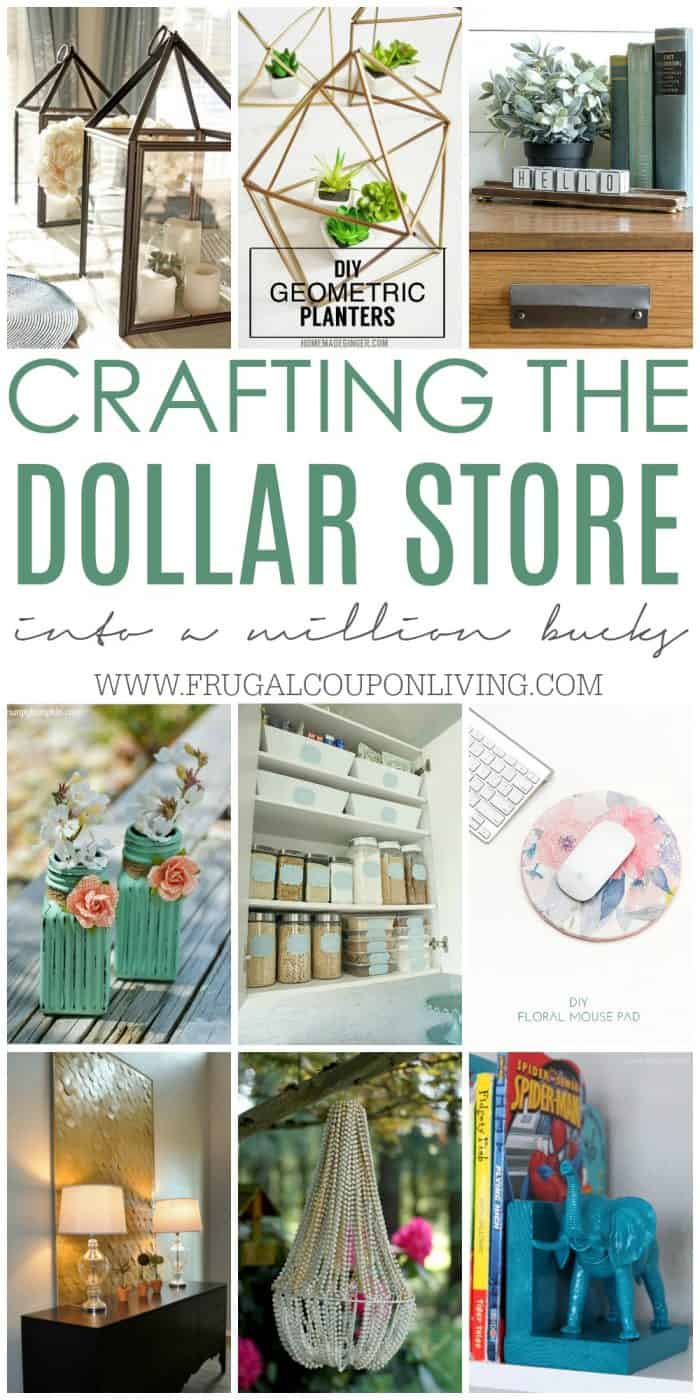
The centuries-old art of quilling has been a decorative craft. This is the art and technique of twisting and shaping thin strips of paper to create a variety shapes. It has been popularized since the late 16th century and early 17th centuries, when Queen Elizabeth and Princess Elizabeth enjoyed the process. While the basic techniques of quilling are still used today, there are many variations. Continue reading to learn more about this amazing art form.
Paper quilling is a decorative arts.
Quilling is a traditional form of decorative arts with a colorful history. It was once known as paper filigree. It's a centuries-old art that involves cutting colored papers into thin strips, rolling them and pinching them into various shapes. These shapes are joined together with glue. The end result looks beautiful and is decorative. You can either create your own designs yourself or get one from an artist. Quilling can also be used to express yourself.
Quilling became popular in England during the Regency period. Nuns used the art to decorate holy pictures and reliquaries. The art gained popularity and was quickly spread throughout Europe. It became a common craft for poorer churches, where nuns could practice it on vellum. Although quilling was difficult to differentiate from real gold and silver filigree work it was introduced back into school craft education.

It involves twisting, rolling and shaping thin strips of paper into various shapes.
Quilling is a technique that replaces metal filigree. It was created in the 14thcentury. The technique's name comes from the fact that the artists used feather or porcupine quills to wind the coils of paper. Quilling is an art form that has grown in popularity for adults and children. There are two types of quilling, the functional and decorative.
Paper quilling can be a fun activity that can produce a wide variety of creative compositions. Although the process is very simple, it can also be quite inexpensive. However, it requires patience as well as care. Quilling is a great way to make cards, gifts, and paintings. Paper quilling can be enjoyed by anyone of any age and skill level. The basic process of quilling involves preparing multiple colored strips of paper and winding them onto a special base. Each element is then given its proper shape and color to create beautiful paper patterns.
It was very popular in the 16th- and 17th centuries.
The art of quilling originated around the Middle Ages, but it was not widely practiced until the Renaissance. Quinlling was initially practiced only by nuns, who used gilded newspaper to decorate holy pictures or reliquaries. Quilling eventually became a common pastime for women. It was popularized in Europe, where it was taught alongside needlework. Queen Anne and Lady Mary, both of Denmark, were among the famous quilters.
The Georgian period saw quilling become very popular in England. The future Queen of England, Princess Elizabeth, even enjoyed the art. Quilling was a very popular hobby at that time. It had a small but lucrative market. Cabinet makers made wooden boxes for quilling displays. There were even books written and published by William Bemrose, a woodcarver and owner of Bemrose & Sons printing company.

Techniques
If you want to learn the basics of quilling, you can buy a book or find a video tutorial that will teach you the techniques. The book comes with step-by-step photos so that you can see exactly how to do each project. You can learn how to quill using one of two methods. Copy someone else's instructions. Imitate them. Both of these are great ways to learn basic quilling skills.
Quilling was a popular activity among the British nobles and royals in the 18th century. It was used by ladies to make cards, wrap gifts, and take pictures. In the late 19th-century, quilling was used by women to decorate householdwares, and especially their hats. Quilting was also brought by missionaries to the Americas where it was popularized as a decorative arts.
FAQ
What are collection hobby?
The most sought-after collections are books and movies, music, comics as well as comics, videos games, sports equipment, toys, and others.
Also, you can collect anything: stamps, coin to cars, dolls to action figure to model kit to figurines to art materials to tools to cook utensils and jewelry to watches to jewellery to appliances to clothes to furniture or antiques to...
I believe you get the idea.
What are the best ways to find a hobby?
At first, it may seem like there is nothing you can do.
You're probably thinking, "I'm not very artistic," or "I'm terrible at sports," or maybe even "I don't know anything."
There is a good chance that you have some experience with hobbies.
It's simply that you haven’t yet realized it.
Have a look at your home. How many things do you own?
Do you have any toys from the past?
Maybe you have a collection of books or magazines.
Maybe you've always wanted to learn how to cook.
Or perhaps you would just like to learn how to play the guitar again.
Whatever it is you're interested in, you can make it a hobby.
Realize that you have many experiences already.
You will find a hobby you love once you have it.
Where can I find free resources to learn more about hobbies?
There are many websites dedicated to helping people discover new hobbies.
Here are some of our favorite:
www.trythisathome.com - This site provides a list of over 100 different hobbies. It also provides information on how to get started in each one.
www.hobbyfinders.org - This site offers a database of thousands of activities that you can search by interest, skill level, location, and more.
www.indiebazaar.co.uk - IndieBazaar is an online marketplace designed specifically for independent artists and musicians. You will find hundreds of products that range from artwork to music gear on the site.
www.pinterest.com/explore/hobbies - Pinterest is a social media network that lets users "pin" images they find interesting onto their boards. Users can use boards to organize their favorite things into specific categories.
www.reddit.com/r/Hobbies Reddit is another social networking platform that allows users to link to articles, videos or other content. Voting lets users vote for which posts are the most valuable.
Statistics
- This 100% accurate personality-analyzing hobby quiz discovers your passion based on your characteristics. (quizexpo.com)
- The Role of the Mind in Sex, Dating, and Love: Men in the “humor” condition received phone numbers from 42.9% of the female participants and were refused 57.1% of the time. (time.com)
- The intensity of the dialogue partners' bond at the end of the forty-five-minute vulnerability interaction was rated as closer than the closest relationship in the lives of 30 percent of similar students. (time.com)
- Much of this decline reflects the fact that teens are less likely to work today than in the past; among employed teens, the amount of time spent working is not much different now than it was around 2005. (pewresearch.org)
- A new survey by Pew Research Center of teens ages 13 to 17 finds that 36% of girls feel tense or nervous about their day every day; 23% of boys say the same. (pewresearch.org)
External Links
How To
How to Get Started in Baking
Baking refers to the preparation of food from flour, eggs and sugar. Baking uses flour, fats, sugars leavening agents and salt as the main ingredients. This article will explain how to make loaf. Common ingredients such as wheat flour, yeast and milk powder, eggs whites, butter, oil, salt, honey, and olive oil will all be used.
Mix these ingredients together to make bread. First, you must add the dry ingredients (flour, yeast, salt) into your mixing bowl. Then, add in the wet ingredients: milk powder, egg yolk. Combine them all. Mix in the honey, then knead until the dough is smooth. The dough should rise for approximately 30 minutes. The dough should be soft and light after it has risen. Roll the dough out and place it on a baking tray. Bake at 180°C for 15 minutes.